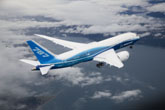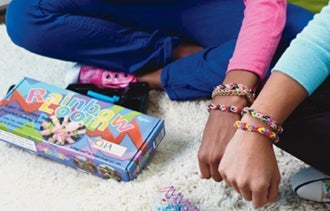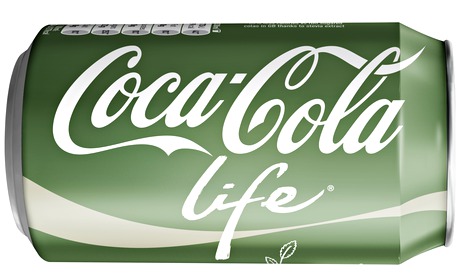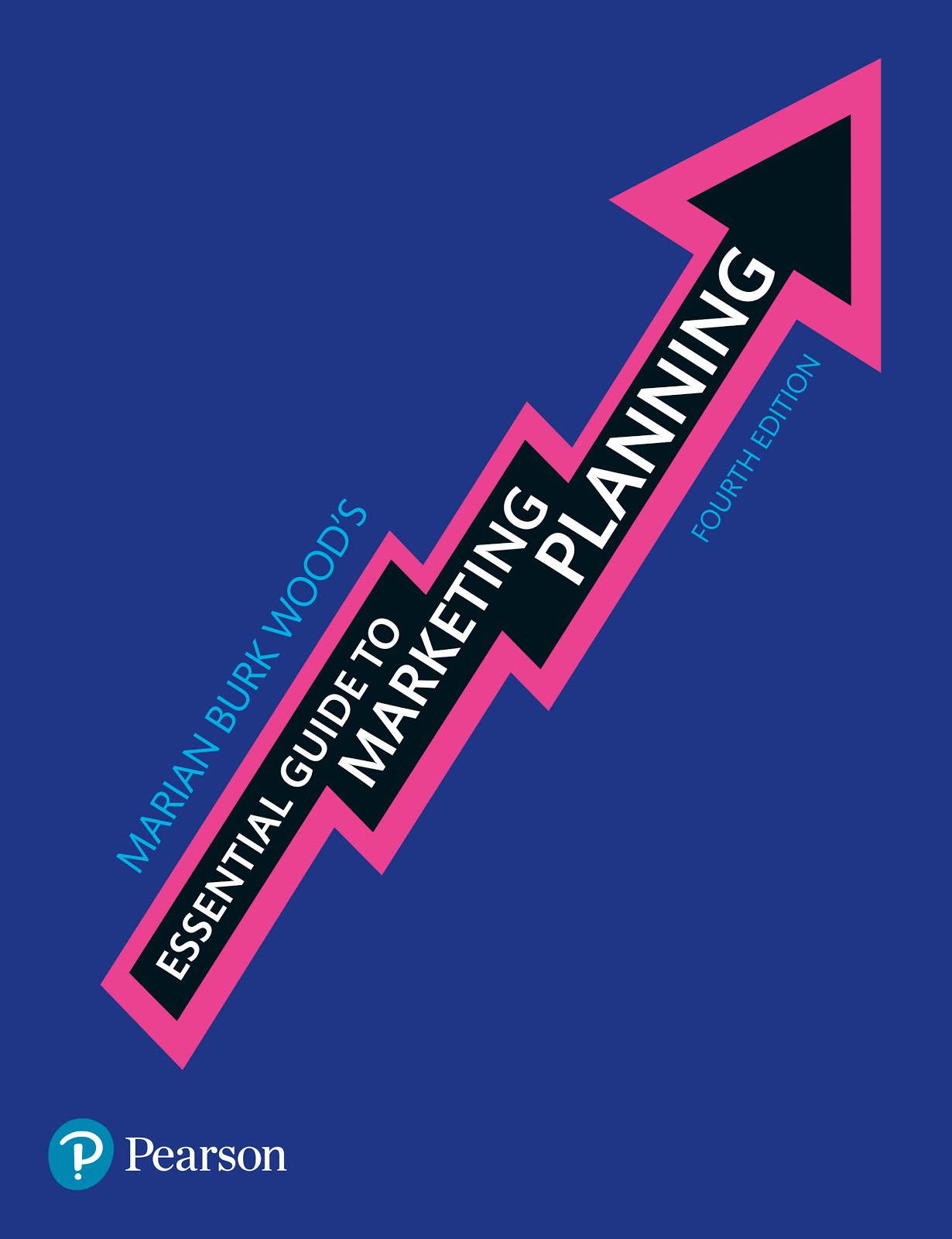Spending on mobile ads to UK consumers will exceed £2 billion in 2014, according to eMarketer. That puts mobile ad spend on a par with print ads--but by 2015, mobile ad spend is projected to be higher than newspaper ad spend. By 2016, mobile ad spend could even surpass TV ad spend.
Marketers know consumers are using mobile devices like iPhones and iPads for everything from communication to price-checking to shopping to . . . social networking. And with lower-priced smartphones widely available, mobile ownership continues to rise.
No wonder marketers are testing new ad formats and configuring ads specifically for mobile users. Screen sizes differ among mobile devices, an important consideration in ad design.
Also, marketers must understand the buying decision process--where and how consumers use mobile to search for products or brands, to compare prices, to make purchases. That consumer behaviour background will help companies determine what messages to craft, what media to use and when to advertise to best advantage.
Thursday 31 July 2014
Tuesday 29 July 2014
Do Service Quality Improvements Pay Off?
.jpg) Being 'cheap and nasty' is not the positioning chief executive Michael O'Leary wanted for his Ireland-based airline, yet that's exactly the view many had of Ryanair until last year. Tickets were cheap, but everything else carried a price tag. Or a penalty.
Being 'cheap and nasty' is not the positioning chief executive Michael O'Leary wanted for his Ireland-based airline, yet that's exactly the view many had of Ryanair until last year. Tickets were cheap, but everything else carried a price tag. Or a penalty.Ryanair flew from secondary airports to keep costs low, part of its stated promise to offer 'the lowest fares on flights to all of our destinations – and that’s guaranteed'.
Facing competitive pressure from easyJet and others, plus ongoing economic challenges in many markets, Ryanair recently announced major changes. The CMO explains that the objective is to 'become as liked as we are useful'. During the news conference announcing the changes, O'Leary held a puppy in his arms to reinforce the new attitude towards service.
To start, Ryanair has simplified its website to make it faster and easier to book a ticket. Now seats can be allocated before boarding, making the process more user-friendly. Most significantly for businesspeople who fly, Ryanair started arranging flights to and from conveniently-located top airports rather than only from secondary airports far from city centres.
These moves are winning Ryanair more passengers and more profits, according to its latest reported results. Today, Ryanair flies some 82 million passengers every year and is marketing its customer-friendly attitude with an eye towards further expansion in the coming years.
Customers are encouraged to follow Ryanair on Twitter or download one of its apps for access to flash sales and more.
Thursday 24 July 2014
What happened when Tetley challenged a PG Tips advert claim?
Tetley Tea, owned by Tata Global Beverages, recently complained when a Unilever tea brand--PG Tips--aired an advert demonstrating one of its pyramid tea bags compared with a round tea bag. The advert said the pyramid tea bag gives PG Tips tea 'more room to move, freeing the great fresh taste'.
The stakes are high because tea bags are by far the favourite way for UK consumers to make tea. The UK tea market accounts for £500m in annual revenue. As a result, even a small gain in market share represents millions of pounds of revenue.
Brands battle for consumer attention and preference not only over taste but also over convenience, ease of use and shape/size of products. They watch each other's adverts and are alert to potentially misleading message points.
Tetley complained that the PG Tips ad was misleading and denigrated its brand. The Advertising Standards Authority checked into the situation, reviewing both Tetley's tests and PG Tips' tests. Its response:
Both are social brands: the Tetley Tea Folk have 525,000 Facebook likes, PG Tips has 437,000 likes.
The stakes are high because tea bags are by far the favourite way for UK consumers to make tea. The UK tea market accounts for £500m in annual revenue. As a result, even a small gain in market share represents millions of pounds of revenue.
Brands battle for consumer attention and preference not only over taste but also over convenience, ease of use and shape/size of products. They watch each other's adverts and are alert to potentially misleading message points.
Tetley complained that the PG Tips ad was misleading and denigrated its brand. The Advertising Standards Authority checked into the situation, reviewing both Tetley's tests and PG Tips' tests. Its response:
- The pyramid tea bag demonstration would not be misinterpreted by consumers as a scientific experiment. PG Tips' tests supported the claim that infusion of tea at 40 seconds and two minutes into the brewing process was more efficient with a pyramid bag compared with a round bag.
- The pyramid shape was, according to PG Tips tests, more efficient at brewing. The shape of the tea bag did indeed give the tea 'more room to move'.
- Several brands market round tea bags. Therefore, the PG Tips ad wasn't specifically targeting Tetley in a negative way or denigrating the brand.
Both are social brands: the Tetley Tea Folk have 525,000 Facebook likes, PG Tips has 437,000 likes.
Tuesday 15 July 2014
Inside the fad for loop looms
The original Rainbow Loom was invented by an entrepreneurial father whose preteen children enjoyed weaving bracelets from rubber bands. The loop loom fad burst onto the US scene and became a surprise hit, supported by 'the social network of the playground'--meaning children seeing other children wearing or making loop bracelets.
The Rainbow Loom YouTube channel helped buyers learn to make all kinds of ornamental items. Each video has more than 2 million views at this point. Rainbow Loom won 2014 Toy of the Year in the US, and its FB page has more than 100,000 likes. Its Instagram page, where customers upload photos of their creations, has 35,000 followers. In short, Rainbow Loom is savvy in social media marketing.
The US craft retailer Michael's was so successful in selling Rainbow Looms that the product (loom and bands) accounted for $4 million worth of sales (£ 2.3 million) in only 6 months.
Now the fad has crossed the Atlantic as high-profile personalities are photographed wearing loop bracelets and media outlets spread the word. How long will the fad last in UK markets?
The Rainbow Loom YouTube channel helped buyers learn to make all kinds of ornamental items. Each video has more than 2 million views at this point. Rainbow Loom won 2014 Toy of the Year in the US, and its FB page has more than 100,000 likes. Its Instagram page, where customers upload photos of their creations, has 35,000 followers. In short, Rainbow Loom is savvy in social media marketing.
The US craft retailer Michael's was so successful in selling Rainbow Looms that the product (loom and bands) accounted for $4 million worth of sales (£ 2.3 million) in only 6 months.
Now the fad has crossed the Atlantic as high-profile personalities are photographed wearing loop bracelets and media outlets spread the word. How long will the fad last in UK markets?
Labels:
fad,
loop loom,
Rainbow Loom,
social media marketing,
social networking
Friday 11 July 2014
Airbus vs Boeing at Farnborough Airshow

 With the big Farnborough Airshow just a few days away, Airbus (left) and Boeing (right) are preparing to show off their newest jets and announce key deals.
With the big Farnborough Airshow just a few days away, Airbus (left) and Boeing (right) are preparing to show off their newest jets and announce key deals.The two rivals like to use the show as a launching pad for new products and for multi-jet deals that make headlines.
- Airbus is considering whether to introduce its A330neo, an updated version of the popular and efficient 330 passenger jet used by more than 100 carriers worldwide. The updated A330 would have a new engine and other upgrades. This new 330 could help Airbus take advantage of Boeing's problems with its 787 Dreamliner. Airbus currently manufactures 10 A330s per month, and already has 1,086 in operation by carriers around the world.
- Boeing is promoting its new stretch 787 Dreamliner and looking for more orders. However, like Airbus, Boeing has a large backlog of orders--an enviable situation on the one hand, because it means future revenue, but a challenge on the other hand because of the need to accelerate production to meet demand. Just in time for Farnborough, Boeing has released its latest long-range demand forecast. The company projects global aircraft demand will result in the sale of nearly 37,000 new planes over the next two decades.
Thursday 10 July 2014
How well will new Coca-Cola Life sell?
After test marketing a new lower-calorie version of its cola in South America, Coca-Cola is readying a rollout in Great Britain and beyond this year.
The new product, Coca-Cola Life, features a green can or green label with the characteristic Coca-Cola brand logo script.
Coca-Cola Life is also being marketed as 'natural' because it is partly sweetened by plant-based stevia, reducing the sugar content.
This addition to the Coca-Cola product portfolio comes at a time when soft-drink marketers and snack marketers face challenges due to serious societal issues such as obesity. Already, nearly half of the cola beverages sold by Coca-Cola in the UK have no calories.
Some critics are unhappy with Coca-Cola Life's calorie count and super-sweet taste. Coca-Cola responds that it is investing in programmes to encourage consumers to be more active through such activities as biking.
Consumers will have the final say: If enough buy Coca-Cola Life, and keep buying it, the new product will remain in the portfolio. If not, the new product will vanish.
The new product, Coca-Cola Life, features a green can or green label with the characteristic Coca-Cola brand logo script.
Coca-Cola Life is also being marketed as 'natural' because it is partly sweetened by plant-based stevia, reducing the sugar content.
This addition to the Coca-Cola product portfolio comes at a time when soft-drink marketers and snack marketers face challenges due to serious societal issues such as obesity. Already, nearly half of the cola beverages sold by Coca-Cola in the UK have no calories.
Some critics are unhappy with Coca-Cola Life's calorie count and super-sweet taste. Coca-Cola responds that it is investing in programmes to encourage consumers to be more active through such activities as biking.
Consumers will have the final say: If enough buy Coca-Cola Life, and keep buying it, the new product will remain in the portfolio. If not, the new product will vanish.
Monday 7 July 2014
To grow, Unilever trims its product portfolio
Updating the chapter 12 preview example in my Essential Guide to Marketing Planning, Unilever has been adjusting its marketing plan to drive growth by focusing on core brands. The idea is to cut costs and provide marketing efficiency for a streamlined portfolio.
Here, from Unilever's 2013 annual report, is a graphic of its business model, showing a virtuous cycle of growth.
In recent months, Unilever's brand divestments have included:
Even with these portfolio changes, Unilever markets brands in three broad product categories: (1) food and drink, (2) home care and (3) personal care. Earlier this year, it became majority owner of a water purification company in China, to profit from that firm's knowledge of the local market, distribution ties and technological skill.
With marketing investment concentrated on fewer but stronger brands, Unilever expects to stimulate growth in turnover and further enhance its bottom-line results.
Here, from Unilever's 2013 annual report, is a graphic of its business model, showing a virtuous cycle of growth.
In recent months, Unilever's brand divestments have included:
- Selling its Ragu and Bertolli pasta sauce brands to Mizkan, based in Japan.
- Selling its Peperami meat snack brand to Jack Link's, based in the US.
Even with these portfolio changes, Unilever markets brands in three broad product categories: (1) food and drink, (2) home care and (3) personal care. Earlier this year, it became majority owner of a water purification company in China, to profit from that firm's knowledge of the local market, distribution ties and technological skill.
With marketing investment concentrated on fewer but stronger brands, Unilever expects to stimulate growth in turnover and further enhance its bottom-line results.
Thursday 3 July 2014
Angry Birds tries freemium
Angry Birds' parent company Rovio is now using the pricing strategy that has won competitor King so much profit: freemium. The game is free, but if you want special powers or gadgets, you have to pay.
Freemium has made King quite profitable, as loyal and 'addicted' Candy Crush players pay -- and pay -- and pay for extras. No wonder Rovio is trying freemium. 'It's pretty clear that free-to-play as a model monetises the best, but no matter what model you use, you have to make great games', says Rovio's chief marketing officer.
By design, Rovio has used marketing and licensing to place Angry Birds characters everywhere, from stuffed animals, movie tie-ins and toys to theme parks, candy and comics. Its Stella character will have a new game built around her, plus 'third screen' mobile-access episodes and more. The Angry Birds brand is positioned to extend throughout the entertainment world, not just as a game but as an umbrella for multiple offerings.
Naturally, Angry Birds is a social brand: Its FB page has more than 27 million likes and its Twitter account has 628,00 followers. Also the brand is on Tumblr and -- of course! -- YouTube.
Freemium has made King quite profitable, as loyal and 'addicted' Candy Crush players pay -- and pay -- and pay for extras. No wonder Rovio is trying freemium. 'It's pretty clear that free-to-play as a model monetises the best, but no matter what model you use, you have to make great games', says Rovio's chief marketing officer.
By design, Rovio has used marketing and licensing to place Angry Birds characters everywhere, from stuffed animals, movie tie-ins and toys to theme parks, candy and comics. Its Stella character will have a new game built around her, plus 'third screen' mobile-access episodes and more. The Angry Birds brand is positioned to extend throughout the entertainment world, not just as a game but as an umbrella for multiple offerings.
Naturally, Angry Birds is a social brand: Its FB page has more than 27 million likes and its Twitter account has 628,00 followers. Also the brand is on Tumblr and -- of course! -- YouTube.
Subscribe to:
Posts (Atom)






